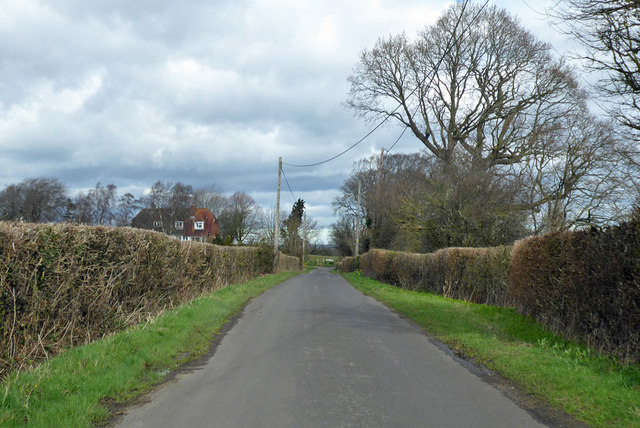Ash Plantation
Wood, Forest in Kent Ashford
England
Ash Plantation

Ash Plantation is a picturesque woodland located in the county of Kent, England. Situated in the heart of the Kent Downs Area of Outstanding Natural Beauty, this enchanting forest covers an area of approximately 100 acres.
The plantation is predominantly composed of ash trees, hence its name, which create a dense and lush canopy overhead. The tall, slender trunks of the ash trees stretch towards the sky, forming an impressive backdrop to the woodland landscape. The forest floor is carpeted with a rich assortment of wildflowers, ferns, and mosses, adding vibrant splashes of color to the scenery.
Ash Plantation is known for its diverse ecosystem and abundant wildlife. It serves as a habitat for various bird species, including woodpeckers, owls, and warblers, which fill the air with their melodic songs. The forest also provides shelter for small mammals like squirrels and rabbits, while deer and foxes can occasionally be spotted roaming through the undergrowth.
Visitors to Ash Plantation can enjoy a network of well-maintained walking trails that wind their way through the forest. These trails provide excellent opportunities for hiking, jogging, and birdwatching. The tranquil atmosphere and natural beauty of the woodland make it a popular destination for nature lovers, photographers, and those seeking a peaceful escape from the bustling city life.
Overall, Ash Plantation in Kent offers a captivating blend of scenic beauty, biodiversity, and recreational opportunities, making it a cherished natural gem of the region.
If you have any feedback on the listing, please let us know in the comments section below.
Ash Plantation Images
Images are sourced within 2km of 51.020006/0.75634448 or Grid Reference TQ9328. Thanks to Geograph Open Source API. All images are credited.







Ash Plantation is located at Grid Ref: TQ9328 (Lat: 51.020006, Lng: 0.75634448)
Administrative County: Kent
District: Ashford
Police Authority: Kent
What 3 Words
///grasp.helpfully.affirming. Near Stone, Kent
Nearby Locations
Related Wikis
Isle of Oxney
Isle of Oxney is an area in Kent, England, close to the boundary with East Sussex. Up to the 13th century, the island was part of the coastline bordering...
Stone-cum-Ebony
Stone-cum-Ebony is a large mostly rural and marshland civil parish centred 7 miles (11 km) SSW of Ashford in Kent, South East England. It includes the...
Stone in Oxney
Stone in Oxney is a village south of Ashford in Kent, South East England, in the civil parish of Stone-cum-Ebony near Appledore. The village is 11 miles...
Ebony, Kent
Ebony is a hamlet south of Ashford in Kent, South East England, in the civil parish of Stone-cum-Ebony, on the Isle of Oxney in the Ashford district of...
Stocks Mill, Wittersham
Stocks Mill is a Grade II* listed post mill in Wittersham on the Isle of Oxney, in Kent, England which has been preserved. == History == Probably built...
Appledore, Kent
Appledore is a village and civil parish in the Ashford District of Kent, England. The village centre is on the northern edge of the Romney Marsh, 12 miles...
Reading Street, Ashford
Reading Street is a hamlet approximately 3 miles (4.8 km) south east of Tenterden in Kent, England. It is situated on the B2080 road between Tenterden...
Fairfield, Kent
Fairfield is a village and former civil parish, now in the parish of Snargate, in the Folkestone and Hythe district of Kent, England. In 1931 the parish...
Nearby Amenities
Located within 500m of 51.020006,0.75634448Have you been to Ash Plantation?
Leave your review of Ash Plantation below (or comments, questions and feedback).












